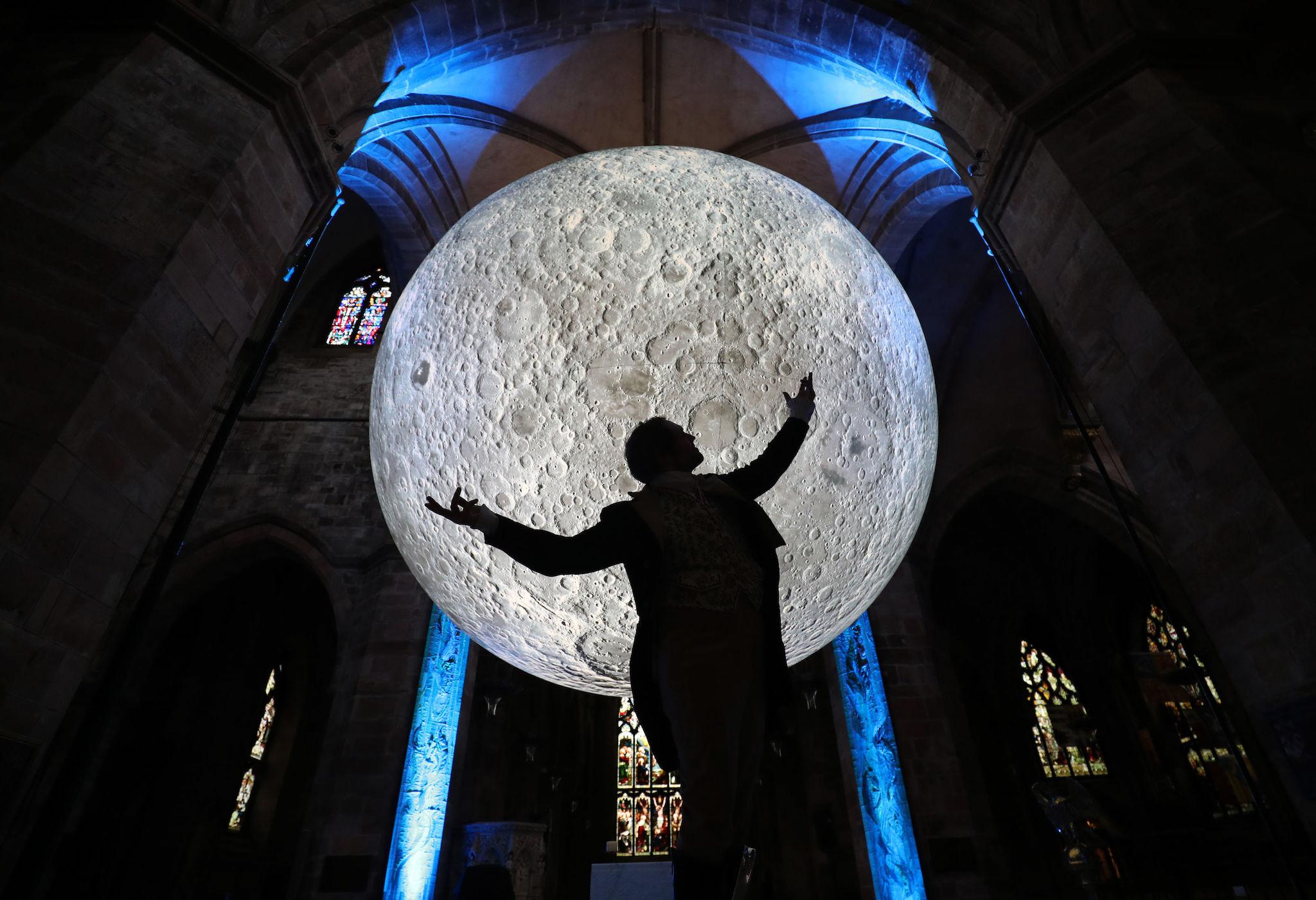Company plans to start mining the moon alongside European Space Agency
ArianeGroup hopes to pick up 'regolith' from the surface

Your support helps us to tell the story
From reproductive rights to climate change to Big Tech, The Independent is on the ground when the story is developing. Whether it's investigating the financials of Elon Musk's pro-Trump PAC or producing our latest documentary, 'The A Word', which shines a light on the American women fighting for reproductive rights, we know how important it is to parse out the facts from the messaging.
At such a critical moment in US history, we need reporters on the ground. Your donation allows us to keep sending journalists to speak to both sides of the story.
The Independent is trusted by Americans across the entire political spectrum. And unlike many other quality news outlets, we choose not to lock Americans out of our reporting and analysis with paywalls. We believe quality journalism should be available to everyone, paid for by those who can afford it.
Your support makes all the difference.Plans have been revealed to start mining the moon in the coming years.
Paris-based ArianeGroup says it hopes to send a scientific mission to our neighbour before 2025, with the hope of kickstarting an attempt to bring parts of its surface down to Earth.
The company will work with the European Space Agency as part of a one-year contract to explore the possibility of preparing a mission to the surface. Rocket-maker ArianeGroup will partner with a range of different organisations as well as ESA to work out how an entire lunar mission ould be possible.
They hope once there they will be able to mine regolith. That, in turn, could be used to power missions deeper into space – to Mars and beyond.
"Regolith is an ore from which it is possible to extract water and oxygen, thus enabling an independent human presence on the Moon to be envisaged, capable of producing the fuel needed for more distant exploratory missions," ArianeGroup said.
Dr David Parker, director of human and robotic exploration at ESA, said that the "use of space resources could be a key to sustainable lunar exploration", and that the new project is part of a plan for the European Space Agency to make Europe a central part of space exploration by organisations across the world.
A number of countries and organisations – including Nasa and the Russian and Chinese space agencies – have been exploring the possibility of using the Moon as a base for future exploration of the rest of the solar system.
But the initial missions at least would require no men to go back to the moon. Nobody has set foot on the surface since 1972, when the last of Nasa's Apollo missions headed there.
Join our commenting forum
Join thought-provoking conversations, follow other Independent readers and see their replies
Comments